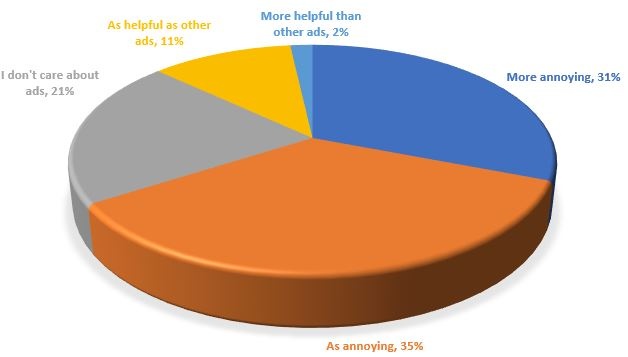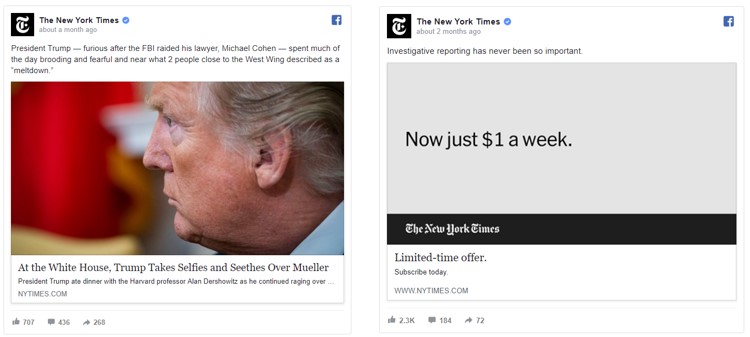There are countless marketing tactics to choose from, but this blog post will focus on three that are powered by data – those tactics that get better and better the more data you have to work with.
Chances are that as a marketer who targets technical audiences, you’re already using every one of the tactics below. What you probably weren’t aware of is how the injection of even a little bit of data can transform each tactic from a good contributor to a revenue generating superstar.
If You Aren’t Segmenting You’re Burning Dollars
While Segmentation is the first step in the time-honored S-T-P marketing protocol, it doesn’t mean you segment your market once and move on. If you want to stretch your marketing dollars and boost your ROI, then you should be segmenting on every campaign you run.
Lets quickly review why segmentation efforts go awry. One major culprit that leads marketers astray is buyer personas. Don’t get me wrong, buyer personas are an indispensable tool for marketers – they will help you create better content, improve lead qualification, and increase alignment between marketing and sales. Their failure is in how they’re misused as a form of marketing reference material – monolithic checklists that marketers use to qualify leads rather than as a building block upon which great campaigns are made.
Think about the wealth of information you have access to in your CRM that isn’t captured in even the most detailed buyer personas: Whether a prospect visited your pricing page or downloaded a white paper; whether they first found your company through LinkedIn or met you at a trade show; if they open all your emails or if you’re lucky to get an open once per quarter. Each point of differentiation is an arrow pointing you to a more effective campaign to reach the same buyer persona.
Want to see real segmentation in all its glory? Take a look at this chart using data from a handful of email campaigns engineering.com recently ran:

As you can see, segmentation, especially behavioural segmentation (email activity, download activity, & site activity), delivers results lightyears beyond baseline. Utilizing this tactic with your own campaigns is going to pay dividends, but its really going to pay off when you advertise on other platforms, especially those that are data rich, like Facebook.
Personalization, It’s More Than *FName*
Personalization is a difficult marketing topic to write about. Everyone, marketer and non-marketer alike, intuitively understands the concept – you cater your message to the person you’re addressing. Perhaps it’s this simplicity of concept that prevents many marketers from seeing beyond *FName* subject lines and realizing that personalization is the most powerful tactic available to them.
Great personalization is the quintessential data-driven marketing tactic. It’s a two-step process that starts as an exercise in finding ways to generate actionable user data. It then transitions into a delicate piecing together of that information to create a marketing message that is unique, novel, and irresistibly enticing.
Proof and inspiration of how personalization drives ROI abounds, from Target’s ability to recognize changes in a consumer’s behavior and then provide them relevant coupons to Optimizely’s fully tailored landing pages targeted at Microsoft employees. Then there is the still relevant use of the *FName* subject line tactic in studies from Hubspot, Mailchimp, and even us here at engineering.com, showing even in 2018 that including a person’s name in the subject line of an email will boost the open rate.
So where can a marketer start? An easy place is by leveraging your related content pages. Using your web traffic data, you can determine which pages of your website are often read together and then create campaigns recommending the pages your prospects likely would enjoy but haven’t seen yet.
Want to take it to the next level? Try Wistia’s Soapbox and create a personalized 30 second video introducing yourself to your prospect and showing off the page you think they’d like. Don’t forget to let them know why you think they’d like the page and be sure to mention you’re there to help. This way, you’re not selling, you’re solving a problem they didn’t even know they had, earning you mega brownie points.
Retarget in a Helpful Way
Retargeting ads are popular tools in the digital marketers’ tactical toolbelt. A handful of case studies have already shown incredible results from higher engagement to improved marketing ROI.
It makes perfect sense that remarketing ads can work wonders. They sidestep one of the biggest challenges marketers face – lack of familiarity or interest in your brand – because the ads are only being targeted towards people who have already investigated your company or product.
This tactic’s promise is a double edge sword. If your ads endlessly follow your prospects across the Internet and the ad isn’t the right fit for where your prospect is in their buying journey, their interest can be replaced by annoyance, and even ranting about your brand on Twitter.
It seems that many marketers aren’t doing the rest of us any favors. Take a look at these results from a study engineering.com ran of 1,187 engineers in 2017:

Two thirds of engineers find retargeting ads annoying and almost no one (2%) think they’re an improvement over a generic ad. Given that the whole premise of retargeting ads is that you have a prior relevant connection to your prospect and you’re offering them something really useful, this is problematic.
Clearly there is a disconnect. Either marketers aren’t aware of what their prospects want to see or are ignoring their prospects’ current level of interest in favor of serving an ad that is unabashedly commercial in hopes of forcing a sale. Both states are inexcusable. Luckily, there is a solution – better targeting with data.
One way to leverage data in retargeting is to use web traffic data to deliver similar content to users, earning their interest over time. The following retargeting example from the New York Times and served through Facebook exemplifies this kind of retargeting:

Retargeting this way is all about winning with probability. No, marketers aren’t actually calculating how likely it is that an ad will be clicked, but rather using web analytic data to identify content performing well above baseline and then retargeting that content to the users whose profiles are a match for that content.
The above ad on the left would be served to me because I almost exclusively consume content from the NYT that is political coverage. It’s relevant and appreciated, because there is a high likelihood I would have missed it given the speed at which the Times puts out articles and my Twitter feed turns-over. And of course, by delivering me content of value, content that directly appeals to my demonstrated interests, I didn’t mind it when an ad similar to the one on the right made it into my feed, prompting me to try a digital subscription.
Here’s a slightly different example of this form of retargeting from engineering.com:

The left side of the above image is the engineering.com IoT section ticker on the site’s homepage. The right-hand side is an ebook ad retargeted towards recent visitors of that section. The eBook had been performing exceptionally well on its own, and given its universal application to persons interested in IoT, it was a good candidate for retargeting.
The campaign data ultimately proved this assumption out. The eBook to date has a cost-per-user acquisition 1/7th of baseline with a cost-per-click more than 40% lower than industry averages.
If you’d like to retarget this way but don’t have broad sections of coverage to leverage, that’s ok. I’m sure at some point you, or one of your marketing colleagues, have published a blog that performed well above your average. Try retargeting to that for starters. Just make sure it’s still relevant if it’s slightly older. If you can update it before launching your campaign even better.
If you’re not entirely convinced of going the broad route with retargeting, there are ways of narrowing down your retargeting. For instance, retargeting landing pages designed for conversion, like webinars or pricing guides, at users who never completed registration is one way. If you’re a SaaS provider with tiered features or a manufacturer with inter-related product lines, retargeting on Facebook using carousel ads of related features/products is a worthwhile idea to test.
That’s it. 3 tactics you can boost by injecting some data into your strategy. I hope you were able to learn something. If you want to discuss how you can take better advantage of your prospect data to improve the marketing experience for them and boost your own return, drop me a line on LinkedIn or through email.
Thanks for reading,
Andrew





